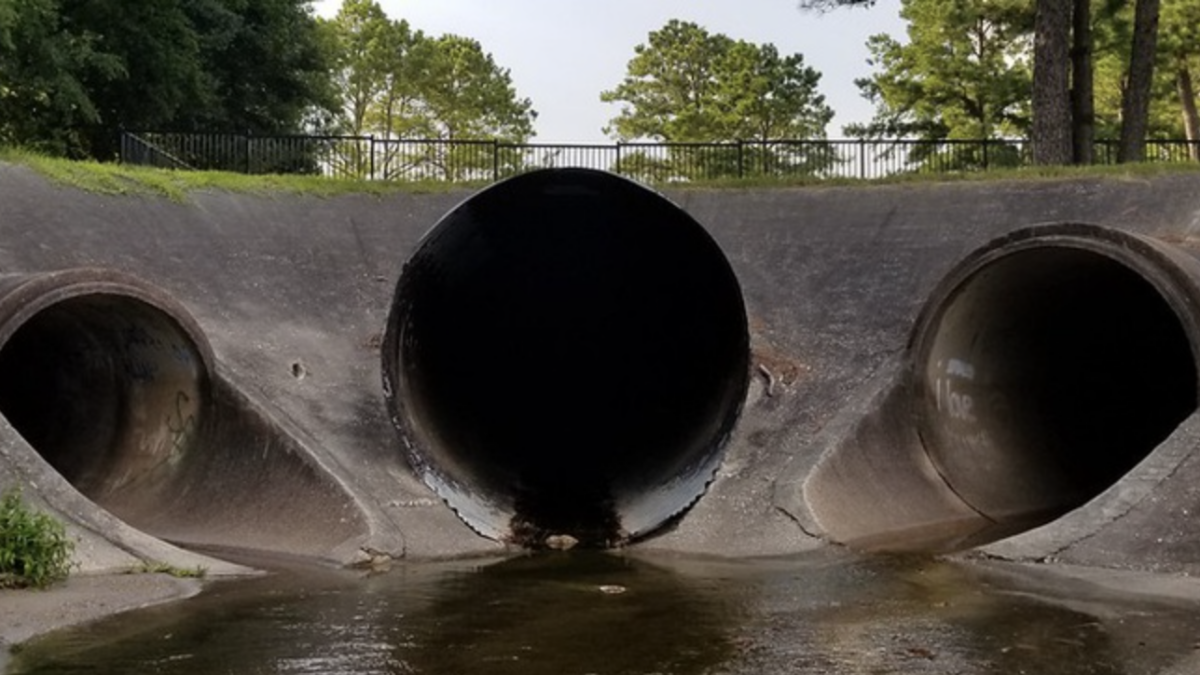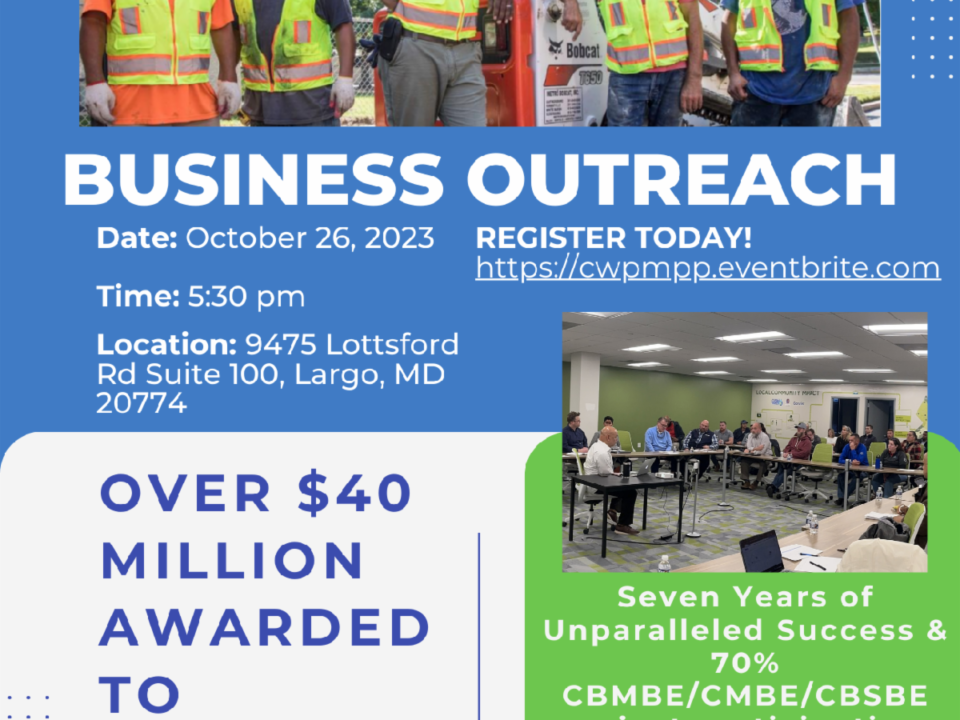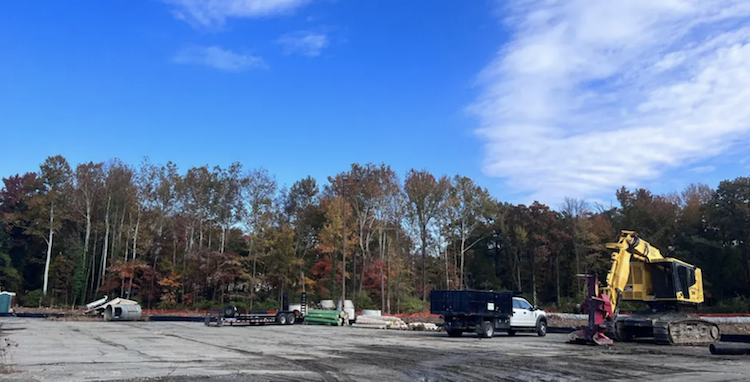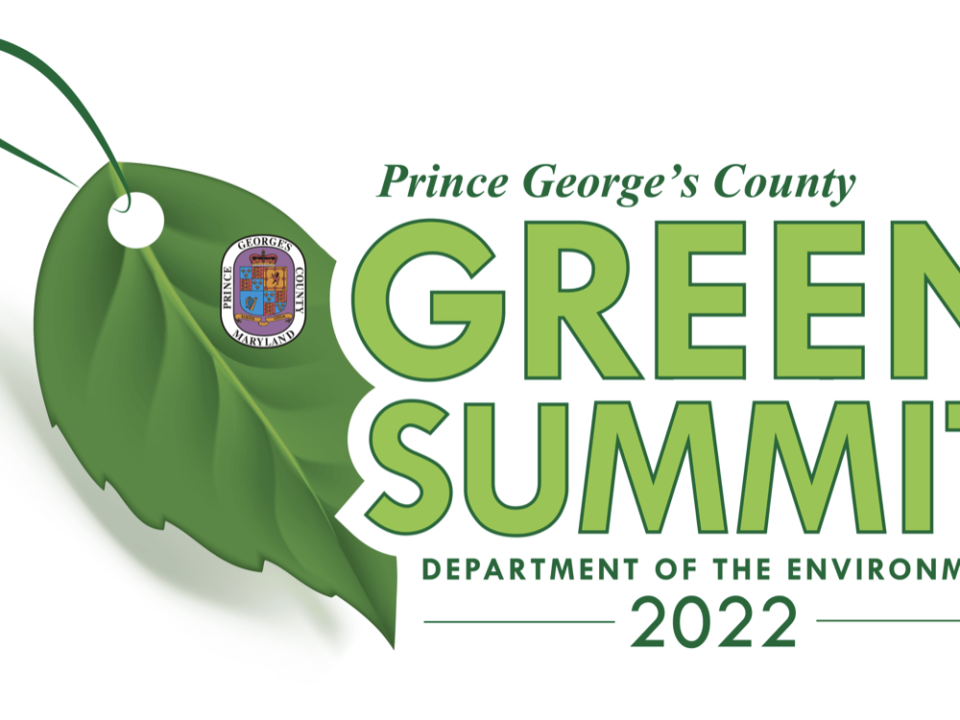
Talking Under Water Episode 29: Clean Water Partnerships & Storm Water Management
July 8, 2020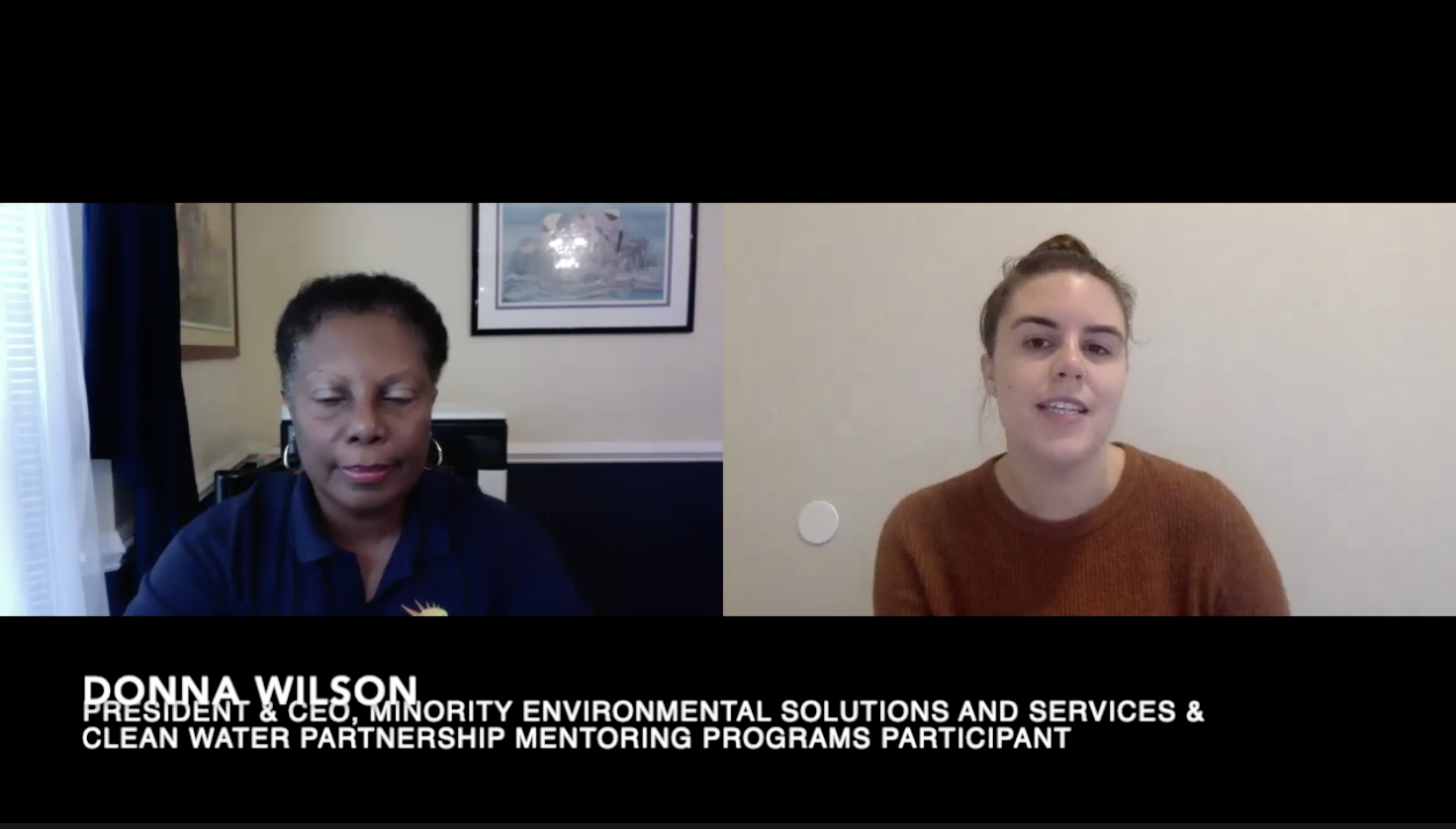
SWS Video Series #6: Donna Wilson on the Importance of Mentorships
October 2, 2020Editor’s Note: The following is a guest post from Keisha Brown, partnership liaison at Corvias.
Traditionally, stormwater infrastructure has taken a backseat to other municipal concerns, like roads and electricity, that assume priority and impact our daily lives. But with 2020 registering as one of the wettest years on record and changing weather patterns are resulting in more frequent and severe flooding in U.S. communities, stormwater infrastructure is increasingly at the forefront of planning and funding discussions.
Public officials are now realizing a viable and proven opportunity to answer water management challenges through community and private industry partnerships.
Aggregate, simulate and display in 3D all city data in one place; improve urban project planning and decision-making.
An estimated 10 trillion gallons of untreated, polluted stormwater runoff enter U.S. waterways today, according to the Natural Resources Defense Council (NRDC). This overflow has wreaked havoc in many small cities and towns over the years, causing millions in damage to vital infrastructure.
Fully realizing this, the U.S. Environmental Protection Agency (EPA) instituted a community-based public-private partnership model in the spring of 2015 to connect public officials, private partners and the community in finding solutions for stormwater infrastructure in cash-strapped municipal governments.
Green and gray infrastructure itself is not a typical allocation in city budgets, nor an area in which many government officials have expertise. Due to its niche nature, and its impact on both public and private land, some governments have turned to local partners to meet the regulatory compliance requirements while following the framework laid out in the EPA’s partnership model.
It has also opened doors for local small businesses, fueling the creation of a new stormwater economy. This work has included erosion and excavation, pond retrofits, stream restoration, retention and trench drain systems, landscaping, GIS data management and community outreach. Even rain gardens and tree plantings are being used across municipalities and counties to capture and treat stormwater runoff.
Click here to read the rest of the article over at Smart Cities Dive

